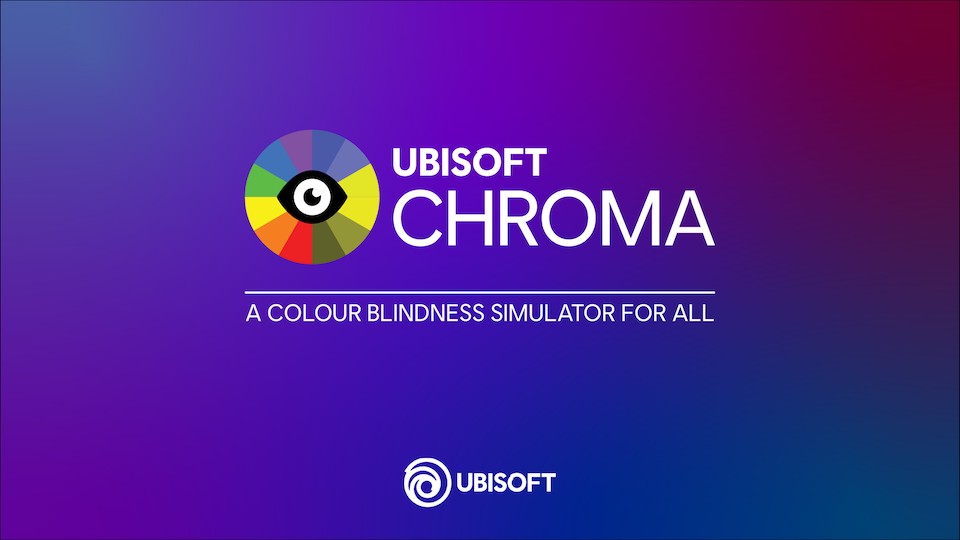
Ubisoft has unveiled Chroma, a groundbreaking open-source tool that allows game developers to simulate different types of color blindness across any game engine or platform.
The tool addresses a major accessibility challenge affecting approximately 300 million people worldwide who experience color vision deficiency. Many of these individuals are active gamers who struggle to fully experience vibrant game environments.
Chroma can simulate the three primary forms of color blindness - Protanopia, Deuteranopia, and Tritanopia. It applies specialized filters over game graphics to accurately replicate how players with these conditions perceive colors.
Key features include real-time rendering at up to 60 FPS, live gameplay recording, screenshot capture, and a customizable user interface. The tool supports both single and dual screen setups, with configurable hotkeys to streamline testing.
Developed since 2021 by Ubisoft's Quality Control team in India, Chroma utilizes the Color Oracle algorithm to deliver precise visual simulations. The team focused extensively on eliminating lag and minimizing visual distortions.
"We designed Chroma to integrate color-blind accessibility from the earliest stages of game development," said Jawad Shakil, Ubisoft's Quality Control Product Manager. The company has already successfully implemented the tool across several internal game projects.
By releasing Chroma as open-source software, Ubisoft enables other game developers to enhance accessibility features in their titles, potentially improving gaming experiences for millions of color-blind players worldwide.
The tool's engine-agnostic nature means it can be utilized across any game project, regardless of the underlying technology, making it a valuable resource for the broader game development community.